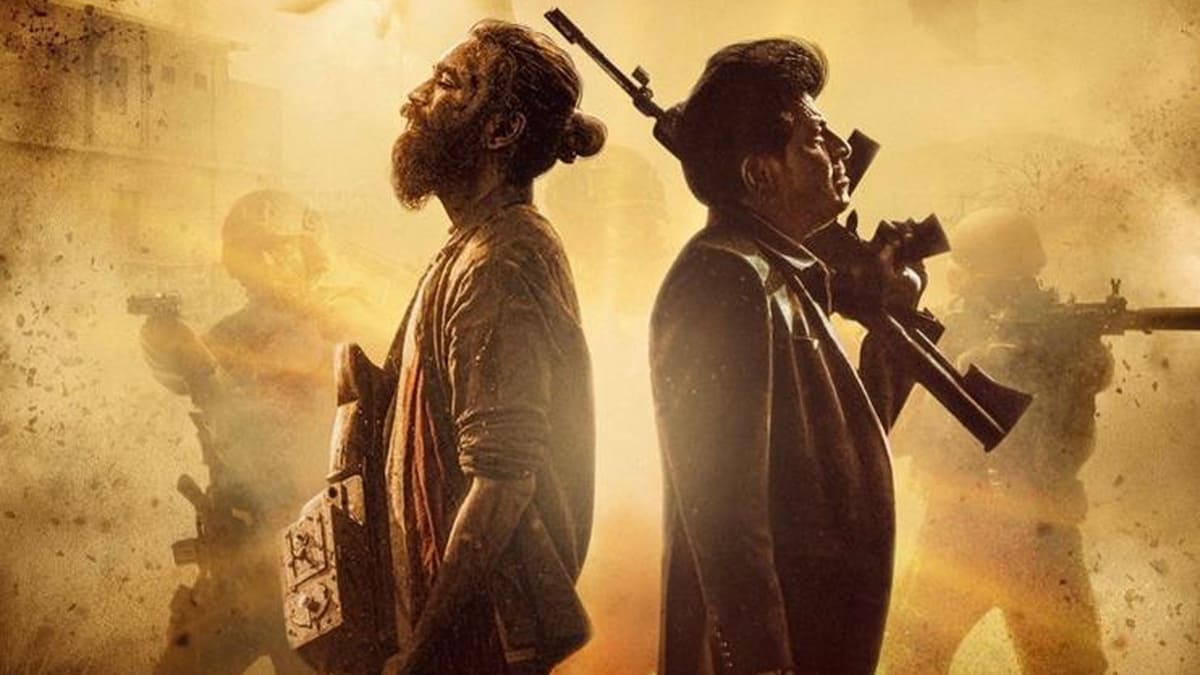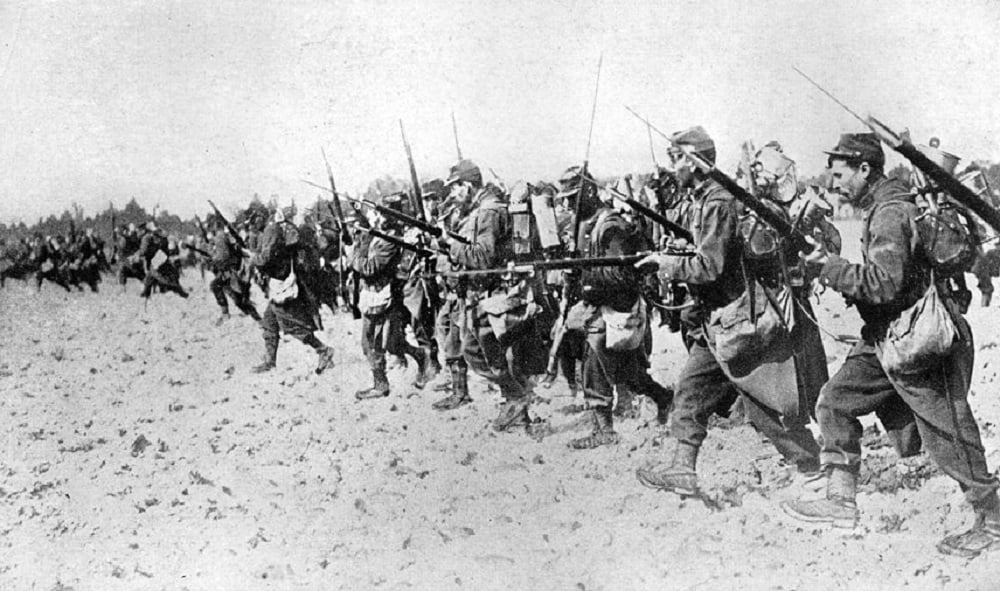In India’s Bollywood, the spotlight is now on Southern heroes and heroines who continue to captivate audiences with their stellar performances. Icons like Prabhas and Ramcharan are not just stars; they are phenomena, and the anticipation surrounding their movie releases is nothing short of a cultural event. Among the latest releases, two films stand out, featuring Tamil superstar Dhanush and the versatile actor Sethupathi. Both movies hit the screens simultaneously, adding to the excitement for cinema enthusiasts.

Dhanush, renowned for his acting prowess, graced the silver screen with “Captain Miller,” a Tamil language film that promises to be a cinematic spectacle. Simultaneously, Sethupathi presented his latest venture, “Merry Christmas,” which released not only in Tamil but also in Hindi, expanding its reach to a broader audience. The added allure in “Merry Christmas” is the debut pairing of Katrina Kaif with Vijay Sethupathi, creating a buzz in the film fraternity.
“Captain Miller” is set against the backdrop of an impactful pre-Partition narrative, delving into the pages of history during the British rule in India. The storyline unfolds with scenes depicting British troops engaging in excavations, reflecting the dominance and authority they exerted during that era. A pivotal moment in the narrative arises when British forces target and destroy a village while attempting extensive digging. In response, the resilient villagers unite to confront this force, and at the forefront of this resistance is the character of Captain Miller, portrayed by the Tamil superstar Dhanush.
Dhanush’s dedication to his craft is evident in his transformative efforts for the role. He underwent a substantial physical transformation, altering his hairstyle and beard to authentically embody the character of Captain Miller. The actor, known for his versatility, goes beyond mere portrayal by assuming a dual role, effectively capturing the essence of both a father and a son within the narrative.
Priyanka Mohan and Shiv Rajkumar, part of the supporting cast, deliver exceptional performances, contributing to the overall impact of “Captain Miller.” The film stands as a testament to Dhanush’s commitment to his craft and his ability to immerse himself fully in diverse roles.
On the other side of the cinematic spectrum is “Merry Christmas,” featuring Vijay Sethupathi and the Bollywood luminary Katrina Kaif. The movie garnered attention with its intriguing trailer, filled with mystery and suspense, piquing the interest of the audience. The film promises an engaging storyline, incorporating elements of suspense, tension, and enigma to keep the audience on the edge of their seats.
“Merry Christmas” unfolds with a series of fanciful scenes, blending suspense with an inventive plot. One such instance involves the intricate preparation of a mysterious concoction, where sleeping pills are ground in one blender, while almonds and green chilies find their place in another. This meticulous blending builds an air of suspense, foreshadowing events that will transpire on Christmas Eve when Vijay Sethupathi and Katrina Kaif’s characters meet.
As the narrative progresses, the characters find themselves embroiled in various incidents, navigating through extreme danger on Christmas Day. The film thrives on its ability to sustain mystery, tension, and suspense, providing a cinematic experience that keeps the audience guessing and engaged throughout.
The most intriguing aspect now lies in the hands of the audience as they eagerly await the verdict at the box office. The question lingers: which of these two cinematic offerings, “Captain Miller” or “Merry Christmas,” will emerge as the victor? Dhanush and Sethupathi stand at the forefront of this cinematic clash, and their respective fan bases are in anticipation, eager to witness the outcome of this dual-release showdown.

